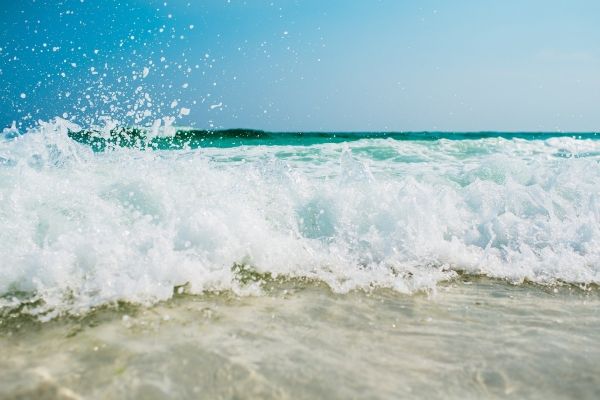A new model tracking the vertical movement of algae-covered microplastic particles offers hope in the fight against plastic waste in our oceans.
Research led by Newcastle University’s Dr Hannah Kreczak is the first to identify the processes that underpin the trajectories of microplastics below the ocean surface. Publishing their findings in the journal Limnology and Oceanography the authors analysed how biofouling – the accumulation of algae on the surface of microplastics, impacts the vertical movement of buoyant particles.
The researchers found that particle properties are the biggest factor in determining the period and characteristics of the repetitive vertical movement below the surface, while the algal population dynamics determine the maximum depth reached.
Their findings also show that the smallest particles are extremely sensitive to algal cell attachment and growth, suggesting they are always submerged at depths surrounding the base of the euphotic zone, the layer closer to the surface that receives enough light to support photosynthesis, or could become trapped in large algal colonies.
Read more at: Newcastle University


